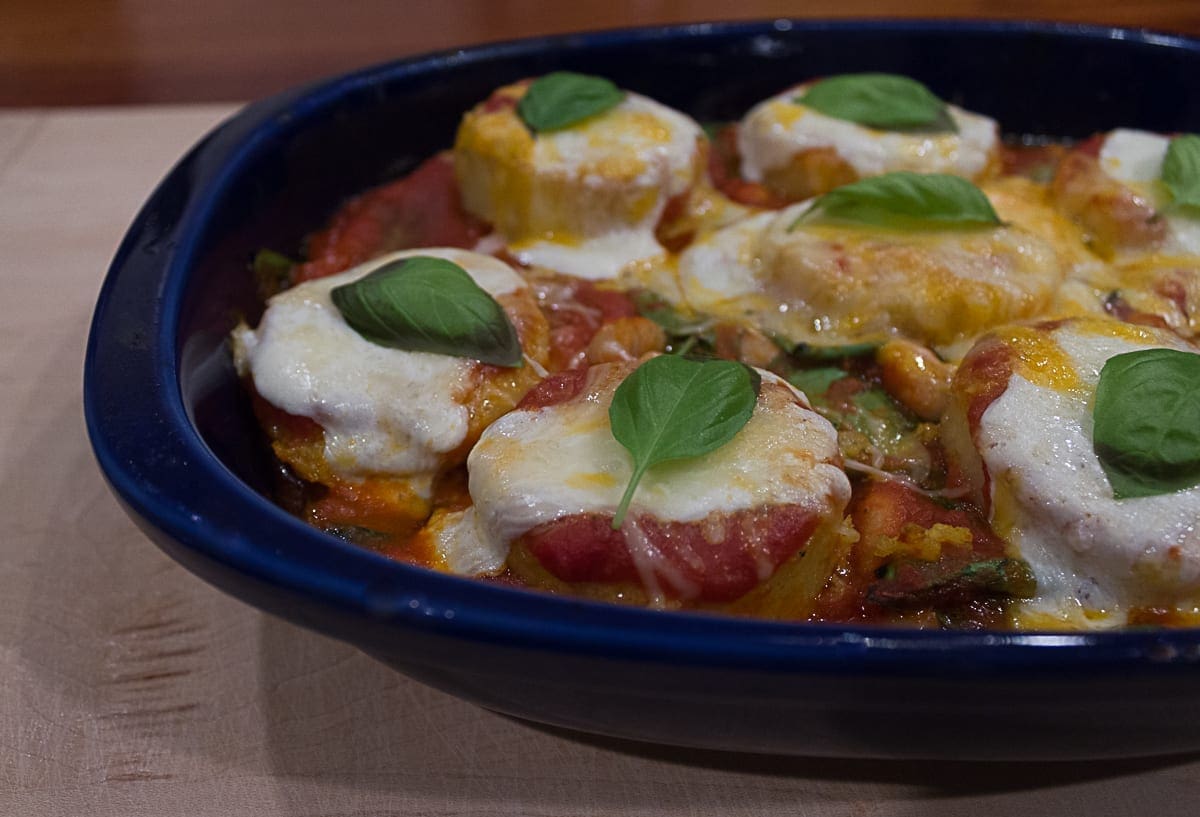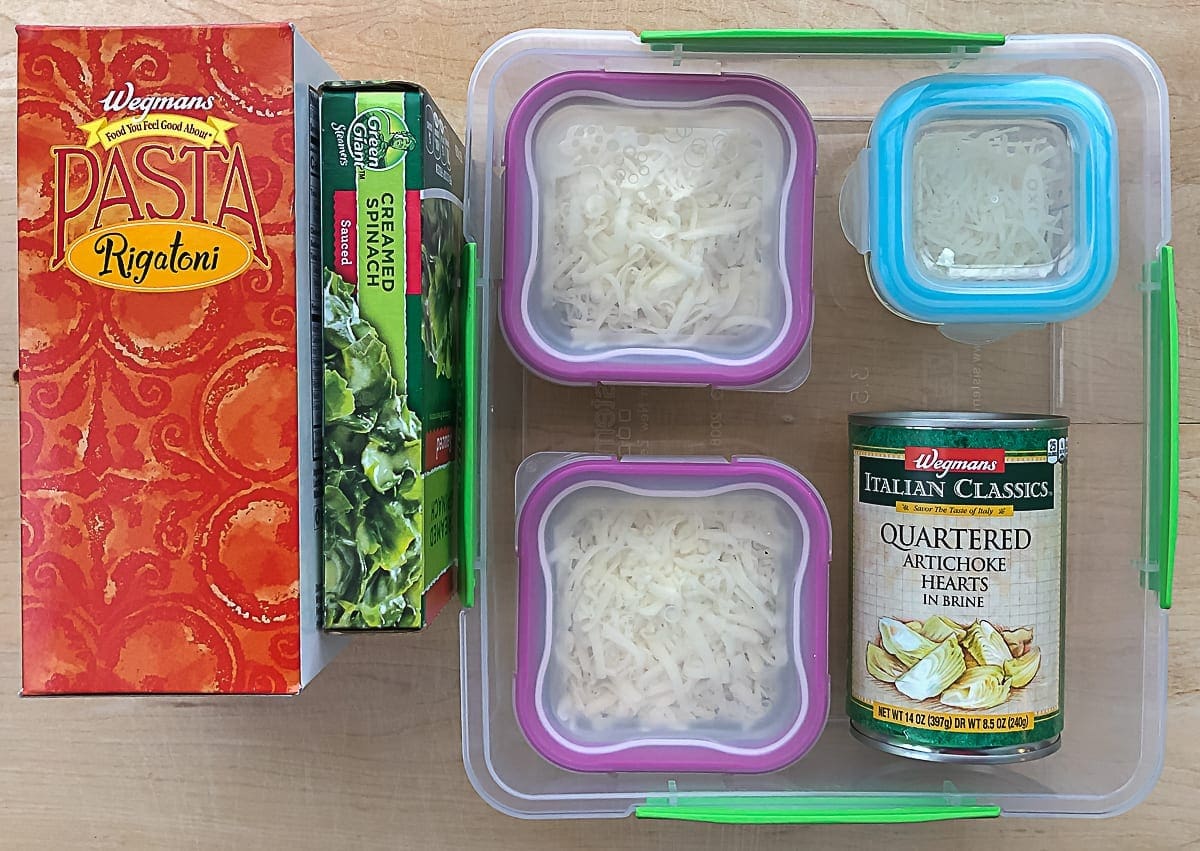From the responses last week, it seems like many of us are in the same boat with meal prep. We know it helps keep food cost low and dinnertime less stressful. However, it can be difficult to get inspired to find new recipes and stay organized. Hopefully, DIY meal kits can relieve some of that burden, and we can all get back to what limits our time in the kitchen in the first place.
Housekeeping Notes
This post contains affiliate links.
If you are unfamiliar with the BHH concept of DIY meal kits, please read this post first. That post also contains helpful grocery list and storage tips and tricks.
Storage containers:
We use these Sistema KLIP IT boxes (shown today) or the larger size depending on our needs. We are also big fans of 1.3 cup Snapware* for small portions. They fit nicely in the Sistema Klip-it storage boxes.
*This links to the plastic version, but we prefer glass. Unfortunately, the glass containers, sold in sets of four, seem difficult to find now. This ten-piece set includes the small Snapware containers we use as well as some additional, useful sizes.
It’s all about the pasta sauce in this week’s recipes. They both use similar ingredients. However, thanks to the different vegetables in each dish, they do not taste the same. From start to finish, both recipes take almost exactly 30 minutes to prepare.
Gnocchi & White Bean Bake
Recipe: 5 Ingredient Gnocchi, Broccoli, and White Bean Bake
Recipe notes:
- Serves 5-8 people
- The recipe says to cook the broccoli for two minutes. We recommend only cooking it for one minute.
- Add up to three cloves of garlic if you like.
- This dish tastes better the day after, so enjoy those leftovers!


Polenta Parmesan
Recipe: Polenta Parmesan with Spinach and White Beans
Recipe Notes:
- Serves 4-6
- I topped each polenta circle with fresh mozzarella since I had some leftover in the fridge. The recipe calls for vegan cheese which I
rarely, if ever use.


A Word About Protein
Last week, I had a question about how vegetarians make sure they are getting enough protein. My friend Holly is a registered dietitian, so I punted the question to her. Here is part of her reply. The complete answer, which includes some good sources of vegetarian protein, is in the comments section of last week’s post.
From Holly:
“So glad you asked…I could talk nutrition all day! Because vegetarian sources of protein (legumes, dairy, eggs, soy, etc…) aren’t as high in protein as meat sources, it’s important to find ways to work things like beans and nuts into all your meals and snacks. For reference, it’s recommended that we make 10-35% of our diets protein. That’s a large range, so unless you’re very small or very big or very active, it’s best to aim for approx 20-25% depending on your activity level and fitness goals.
In a 2,000 calorie/day diet, 10% equates to 50 grams of protein per day and 35% equates to 175 grams–that’s a lot! (Reminder, 2,000 calories may be too much for most adult women who aren’t highly active, yet may be too little for an active man, so use your best judgment.) I usually recommend getting 15-30 grams of protein per meal (again, based on size and fitness routine) and about 10 grams with every snack. ”
If you try the recipes and DIY meal kits, please let me know how it goes. Also, snap a picture and tag me on Instagram. Be sure to use the hashtag #BHHMealKits so I can follow along with your progress.





1 Comment
SH
Thanks for the follow up about protein. While not a vegetarian, I so strive to eat less meat and healthier in general. Snacks with protein is going to take some thought.